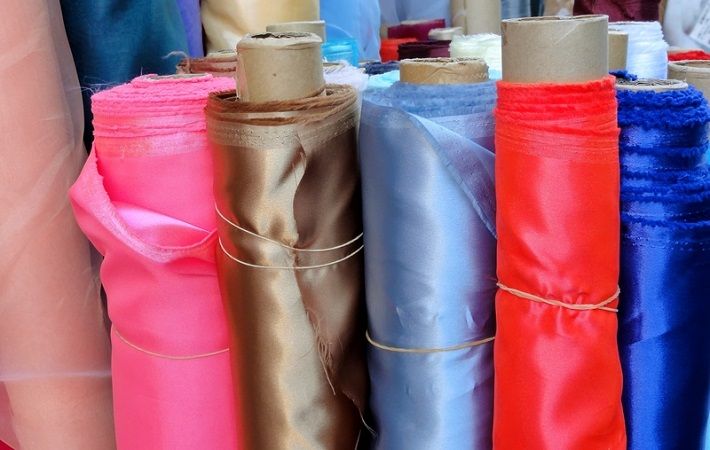India’s finance minister Nirmala Sitharaman at a meeting today rejected the proposal put forward by the ministry of textiles to defer the increase in Goods and Services Tax (GST) from the current 5 per cent to 12 per cent on fabrics and other textile products. A similar request from the Confederation of All India Traders (CAIT) was also rejected.
As a result, GST rates will go up as scheduled with effect from January 1, 2022, from 5 per cent to 12 per cent on all types of fabrics, and on garments with retail value below ₹1,000. The GST rate on man-made fibre, however, will come down from 18 per cent to 12 per cent. The rates on cotton, cotton yarn and synthetic yarn will remain unchanged at 5 per cent, 5 per cent, and 12 per cent respectively.
The GST Council at its last meeting had decided to change the GST rate to address the inverted tax structure in the MMF textile value chain. The GST of 18 per cent, 12 per cent and 5 per cent levied on MMF, MMF yarn and MMF fabrics created build-up of credits and cascading costs, as the tax on inputs was at higher rates than finished products. This further led to accumulation of taxes at various stages of MMF value chain and blockage of crucial working capital for the industry.
India’s finance minister Nirmala Sitharaman at a meeting today rejected the proposal put forward by the ministry of textiles to defer the increase in Goods and Services Tax (GST) from the current 5 per cent to 12 per cent on fabrics and other textile products. A similar request from the Confederation of All India Traders (CAIT) was also rejected.
“Though there is a provision in the GST law to claim unutilised Input Tax Credit (ITC) as a refund, there were other complications and it resulted in more compliance burden. The inverted tax structure caused effective increase in rate of taxation of the sector. The world textiles trade has been moving towards MMF, but India was not able to take advantage of the trend as its MMF segment was throttled by inverted tax regime,” the ministry of textiles had said while announcing the change in GST structure last month.
“The uniform rate of 12 per cent is likely to contribute positively to the growth of the sector by helping save a lot of working capital and reducing the compliance burden of the industry players. It will be helpful in resolving the ITC residues that accumulated due to the inverted tax structure earlier,” the ministry had said.
On the decision to uniformly tax all garments at 12 per cent, the ministry said that differential rates for garments create problems in compliance of tax regime. “MMF garments cannot be identified easily and cannot be taxed differently, hence there is a need for uniform rate. Uniform rate makes it simple and since there is so much high potential of value addition in garment segment, the increase in rate is likely to be absorbed in value addition. It will provide clarity to the industry and settle, once and for all, the issues caused by inverted tax structure.”
However, industry experts feel that the uniform rate will lead to smaller players being pushed into the unorganised sector, as it will make harder for the sector to keep afloat. So, few textile bodies had made representations to the textiles ministry to defer/cancel the hike in GST rate from 5 per cent to 12 per cent on fabrics, and garments costing below ₹1,000. This request now stands rejected.
Fibre2Fashion News Desk (RKS)





